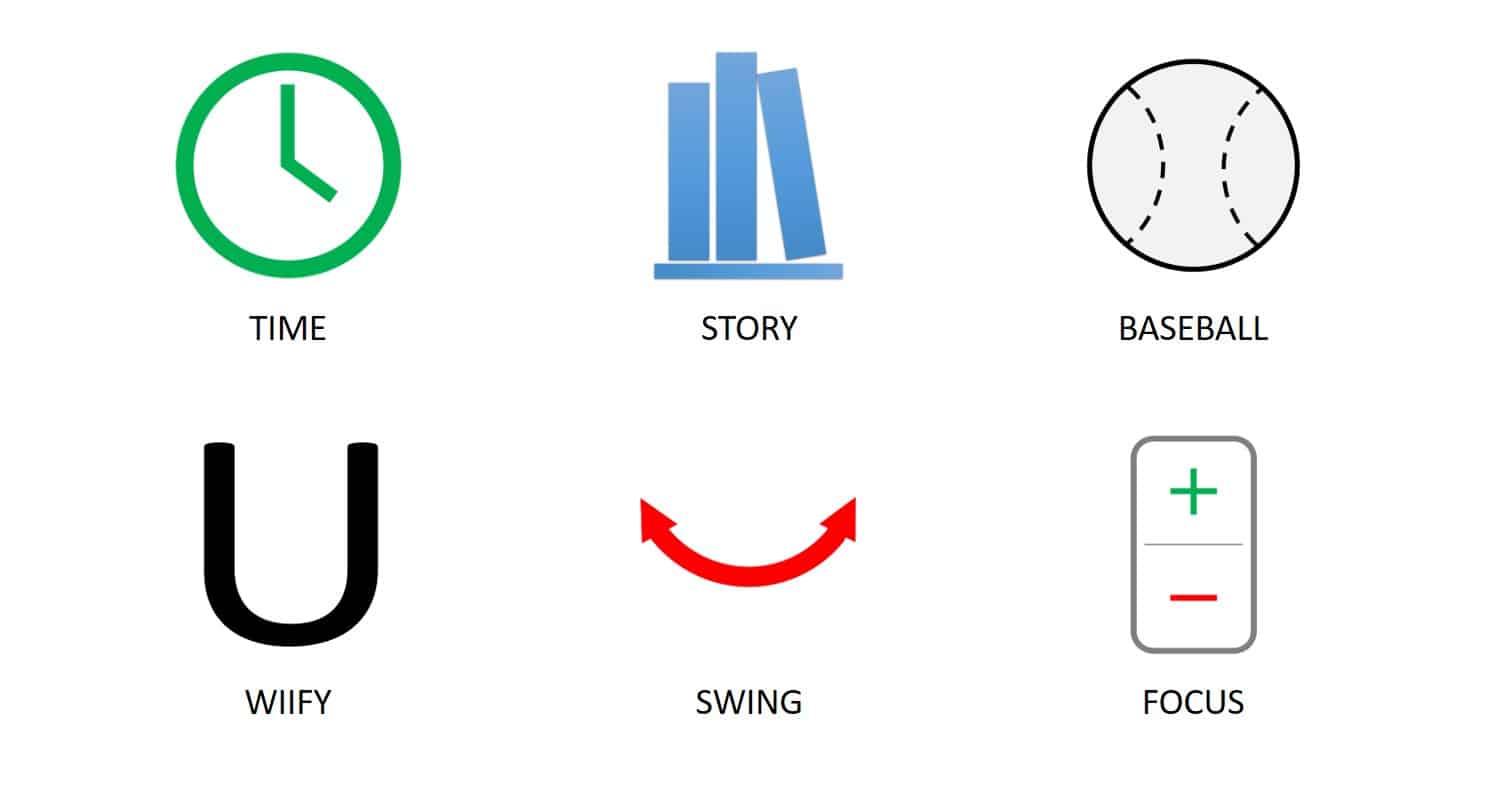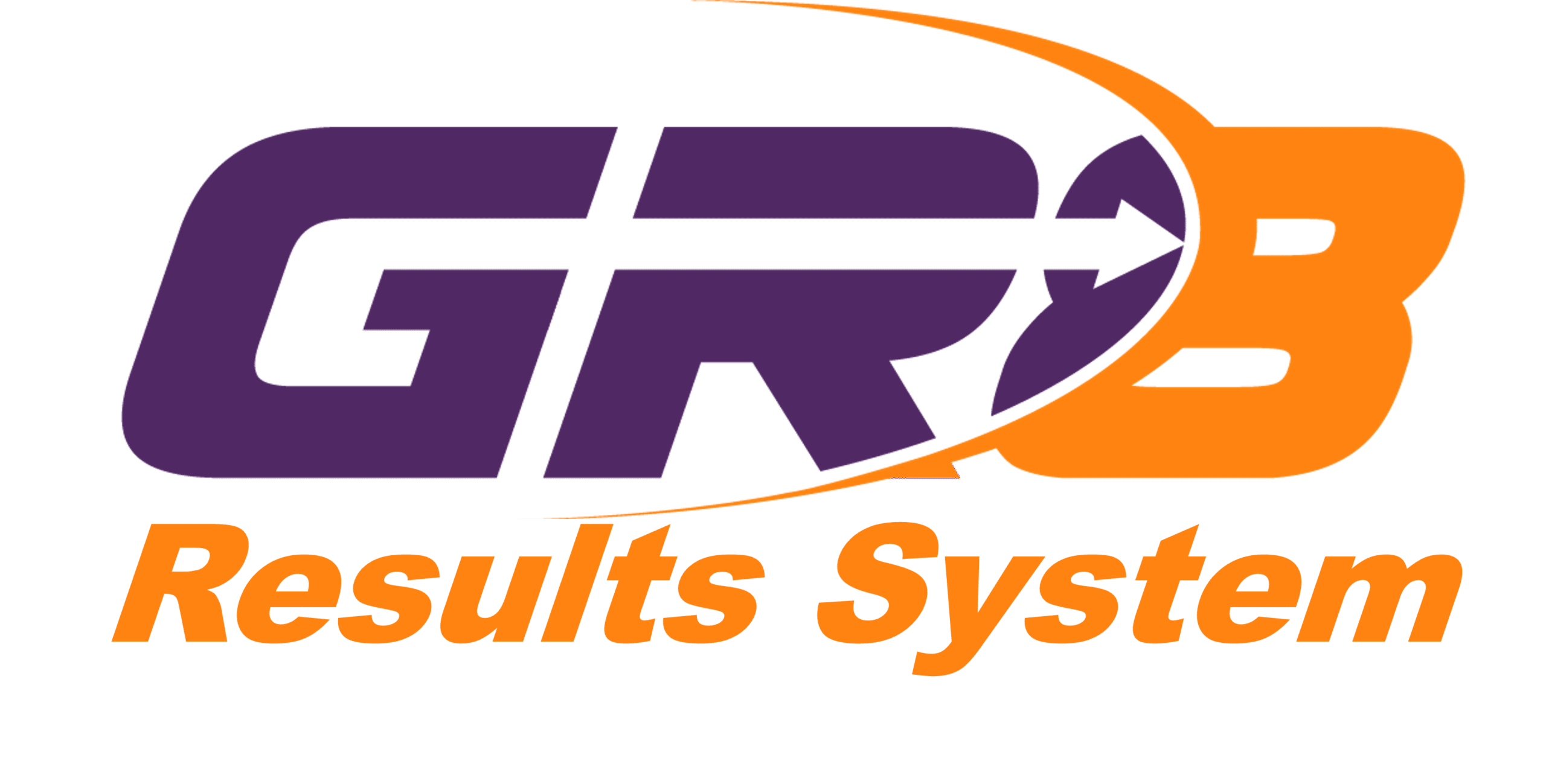By utilizing effective communication strategies, you can communicate like an expert rather than a beginner. These techniques are versatile and can be applied in any situation where you need to persuade others. Whether it's for presentations, emails, letters, speeches, or any other context, they help you present your ideas convincingly.

Here are three of the 14 communication strategies from our popular THOUGHT-Talk System Workshop.
What is a Recipe?
In this context, "recipes" can be referred to as strategies, plans, or templates.
The THOUGHT-Talk System relies on effective communication recipes because they are built around the core principle of structure. These proven, tested methods allow you to confidently organize your communication with others. Recipes also tap into the universal principle that "Limits Yield Focus." This means that when you limit your approach to a specific recipe, your brain instinctively works to organize your communication according to that structure. Even when applied arbitrarily, using a recipe can help you align your thoughts for the benefit of your audience.
A recipe is also a fitting analogy for achieving clear communication or persuading others. Just like a recipe guides you from start to finish—taking someone from Point A (e.g., “Hello, my name is Harry, and I want to help you…”) to Point B (e.g., “…save the day”) with a clear “how-to” (e.g., “...by sharing with you the three uses of the wand”)—communication recipes do the same by guiding your audience through a structured process.
To give you a clearer picture, let's explore the STORY Recipe as an example to help you understand these powerful communication strategies. We’ll examine the THOUGHT-Talk Recipes through the questions: What? How? & When?
TIME Recipe
What?
The TIME Recipe offers a strategy for explaining how change occurs. When change doesn’t happen, we often say, “time stood still.”
Time isn’t just about the past, present, and future. It’s also about comparing what has happened (or will happen). Sometimes things improve, sometimes they remain the same, and sometimes they worsen.
You can describe an organization’s evolution from infancy to young adulthood, and ultimately, to old age. TIME is a powerful communication tool because it organizes change in relation to your subject.
As Einstein famously said, "The only reason for time is so that everything doesn’t happen at once." The essence of the TIME Recipe is showing that your subject did not develop all at once.
How?
The Time Recipe can be structured around questions such as:
What happened before?
What happened afterward?
What transpired in between?
or...
Where were we?
Where are we now?
Where are we headed?
or...
Where do we want to be?
Where are we?
What steps will lead us into the future?
When?
The TIME Recipe is particularly valuable because it offers perspective to your audience. By showing where you stand in a larger narrative, you help to calm and focus people. It also inspires action plans, making it an excellent Recipe for motivating others toward a new future.
STORY Recipe
What?
Rudyard Kipling's "Six Honest Men" poem from Elephant's Child in Just So Stories serves as the foundation for the STORY Recipe.
The STORY Recipe is a way to distill the core elements of your topic. It revolves around answering the questions that your audience will naturally ask: Who? What? When? Where? Why? and How? Often referred to as the “5 W’s and H,” this recipe is simple yet powerful.
How?
The process is straightforward and is commonly used by news organizations.
Questions are a fundamental tool for effective communication because they tap into the principle of Tension Seeks Relief, driving the audience to seek answers. Once you consider your subject or goal, answering the 5 W’s and the H will provide a clear structure for your communication.
Six Honest Men (Poem Excerpt):
"I keep six honest serving-men (They taught me all I knew);
Their names are What and Why and When
And How and Where and Who."
You don’t necessarily have to answer all six questions—three may be sufficient in some cases. But rest assured, these are the exact questions your audience is thinking, which means you’re already on target.
When?
Journalists often use this structure because it efficiently conveys the entire story. It’s an excellent Recipe anytime you need to share a narrative with an audience.
The STORY Recipe is crucial when updating others about a project, crisis, or celebration. It works well for an overview (introductory statements or brief updates), outlining key details (great for websites or brochures), or even for leaving a voicemail (who you are, why you’re calling, and when you’ll be available).
BASEBALL Recipe
What?
Baseball revolves around the numbers 3 and 4: four bases (1st, 2nd, 3rd, and Home), three strikes (and you’re out), and three outs (ending your team’s turn). Four balls lead to a walk to first base. This simplicity makes baseball a great metaphor for powerful communication and a way to recall the basic Rule of 3s and 4s.
How?
You can break down any topic into 3 or 4 main components. This might refer to the number of items (four bases, three strikes), the progression (getting on base, stealing a base, scoring on a hit), or the roles of people (first, second, and third baseman).
To keep it simple, think of your "Mile Markers" as either bases (items, reasons, elements) or players (people, perspectives, or viewpoints on the topic).
When?
The BASEBALL Recipe is a great fallback strategy. If you’re unsure how to apply other recipes, this one works every time. It’s especially effective for providing clarity, and clarity itself can be very persuasive. Organizing your communication into 3 or 4 sub-points helps your audience focus and retain key information.
The BASEBALL Recipe also gives the impression that you’ve thought through the topic thoroughly. It presents your perspective as logical and reasonable, which makes it easier for others to agree with you.
Baseball has an added bonus: its visual structure (bases and players) serves as a memorable reference. Your talk might be about making a home run, which could include elements like a CAPTION and CONTRACT (hitting a ball), three main points (progressing from first to third base), and a final reCAP (reaching home plate).
